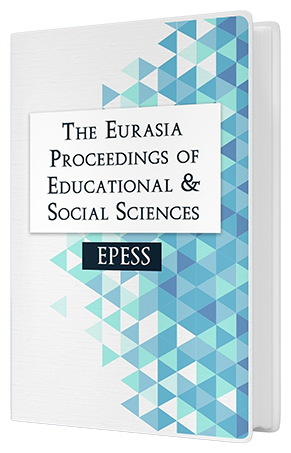Conceptual Metaphor for Teaching and Learning of Prime and Composite Numbers at Primary Grades
Keywords:
Action research, Composite numbers, Conceptual metaphor, Prime numbers, ZPDAbstract
Metaphor is a conceptual mapping from one domain to another. It helps student to understand abstract and unfamiliar mathematical content knowledge through their everyday experiences, familiar and concrete objects. The subject of prime and composite number is a very important part of school mathematics curriculum at basic level. Different teachers use several metaphors to assist students’ learning and encourage them to understand abstract ideas and concepts of numbers. The main objective of this paper is to provide a glimpse of teaching abstract mathematical content of prime and composite numbers through different conceptual metaphor based on constructivist approaches for teaching and learning. Action research was adopted with three level of interventions, followed and corrected depending on observations and reflections. Different interventions regarding the student experiences and everyday activities were used to communicate the concepts of prime and composite numbers. The color metaphor was applied as the first intervention. Then the area metaphor was applied as the second intervention and finally the teacher used colorful rainbow factore metaphor to analyze the change and improvement in classroom practice of teachers. The pre-class and post class interview with teachers and students were taken. From the classroom observation and interview, it was found that conceptual metaphors used by the teachers in the classroom contributed for the improvement of students’ understanding of the concepts.Downloads
Published
Issue
Section
License
Copyright (c) 2019 The Eurasia Proceedings of Educational and Social Sciences

This work is licensed under a Creative Commons Attribution-NonCommercial-ShareAlike 4.0 International License.
The articles may be used for research, teaching, and private study purposes. Any substantial or systematic reproduction, redistribution, reselling, loan, sub-licensing, systematic supply, or distribution in any form to anyone is expressly forbidden. Authors alone are responsible for the contents of their articles. The journal owns the copyright of the articles. The publisher shall not be liable for any loss, actions, claims, proceedings, demand, or costs or damages whatsoever or howsoever caused arising directly or indirectly in connection with or arising out of the use of the research material. All authors are requested to disclose any actual or potential conflict of interest including any financial, personal or other relationships with other people or organizations regarding the submitted work.




